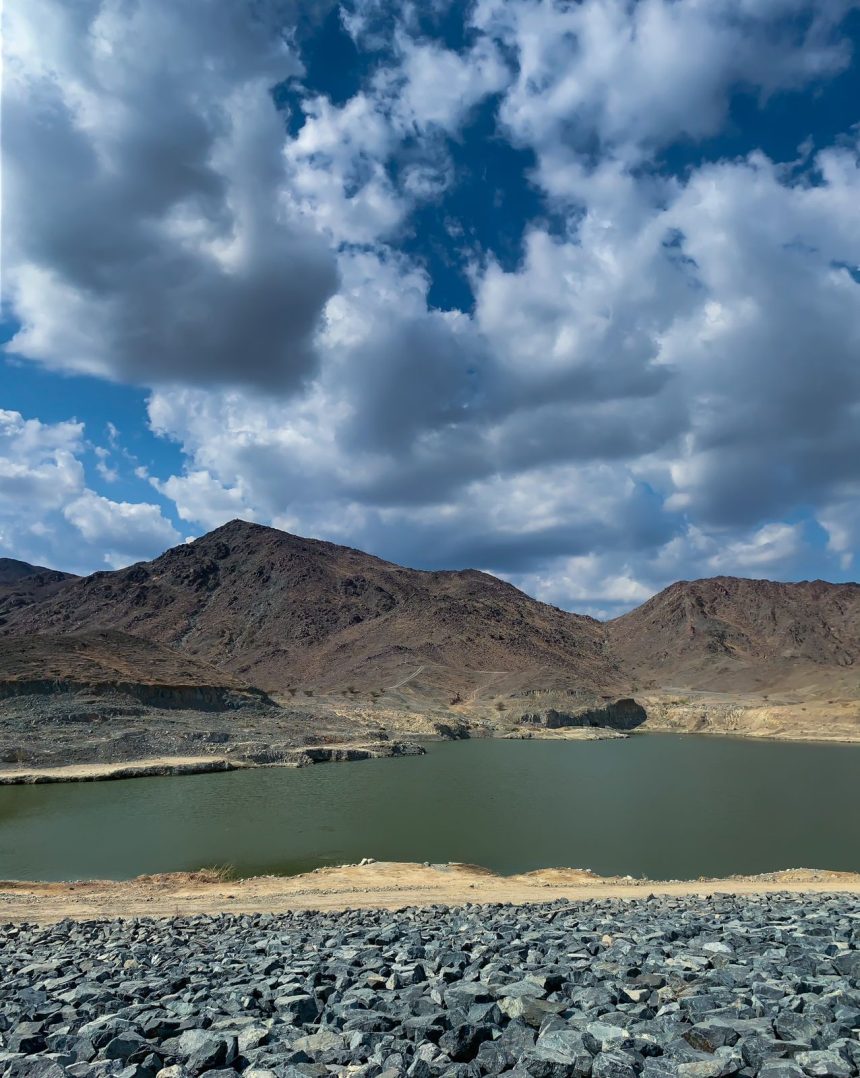Geological tourism in the United Arab Emirates constitutes a unique element that supports the campaign “The Most Beautiful Winter in the World,” aimed at promoting domestic tourism and attracting visitors from around the world to explore the geological treasures and diverse geological features of the country. These features include shifting sand dunes, towering mountains, deep valleys, and stunning coastlines, providing not only breathtaking natural landscapes for visitors but also narrating the story of the Earth’s evolution over millions of years.
According to Engineer Khaled Al-Hosani, the Director of the Geology and Mineral Resources Department at the Ministry of Energy and Infrastructure, the UAE boasts numerous unique natural sites with high geological value, attracting geologists from around the world for study. The historical significance of the aflaj (irrigation channels) in the eastern mountainous regions and desert plains, created as a human-made river system to divert groundwater at the foothills of the mountains for agricultural purposes, adds to the country’s geological richness.
The sand dunes, covering about 74% of the total area of the UAE, showcase various types, including longitudinal, transverse, parallel, crescent, and star-shaped dunes. These sand dunes, rising to over a hundred meters in Liwa Oasis, feature unique farms known locally as “Al-Mahader.” Some areas of the sand dunes are used for sports such as car and bike racing, sand dune climbing, and sandboarding.
The mountainous regions are characterized by unique rock formations, resulting from dynamic Earth activities around 95 million years ago. These mountains attract scientists worldwide for research and are known for their color contrasts, harmonious hues, and beautiful natural slopes.
Al-Hosani notes that these mountains, being the most rainfall-receiving areas in the country, have given rise to numerous farms and oases, with many springs enhancing the unique beauty. Currently, there are activities organized by tourism authorities, such as mountain climbing sports, in these areas.
Mount Hafeet, south of Al Ain, serves as a model site for mountain climbing and cave exploration, attracting tourists. Additionally, historical oases like Al-Ain, Hili, and Al-Buraimi, Al-Ain Museum, forts, and aflaj contribute to the geological tourism experience.
Several islands in the UAE, such as Dalma Island, Sir Bani Yas, and Sir Abu Nair, represent unique geological models with mountains made of salt and evaporites. The dunes of these islands originated from underground deposits millions of years ago and have formed complex structures called “Hormuz Complex.” The surrounding coastal areas, featuring extensive plains and coral reefs in the shallow waters of the Arabian Gulf, add to the picturesque landscapes.
Fossil dunes like the Ghayathi Formation are essential geological treasures for determining the ancient geography of the region. These rocks resulted from the exposure of the Arabian Gulf during the ice age, with the wind transporting surface sediments to Abu Dhabi and Dubai, forming dunes and eventually transforming them into rocks during periods of increased rainfall.

